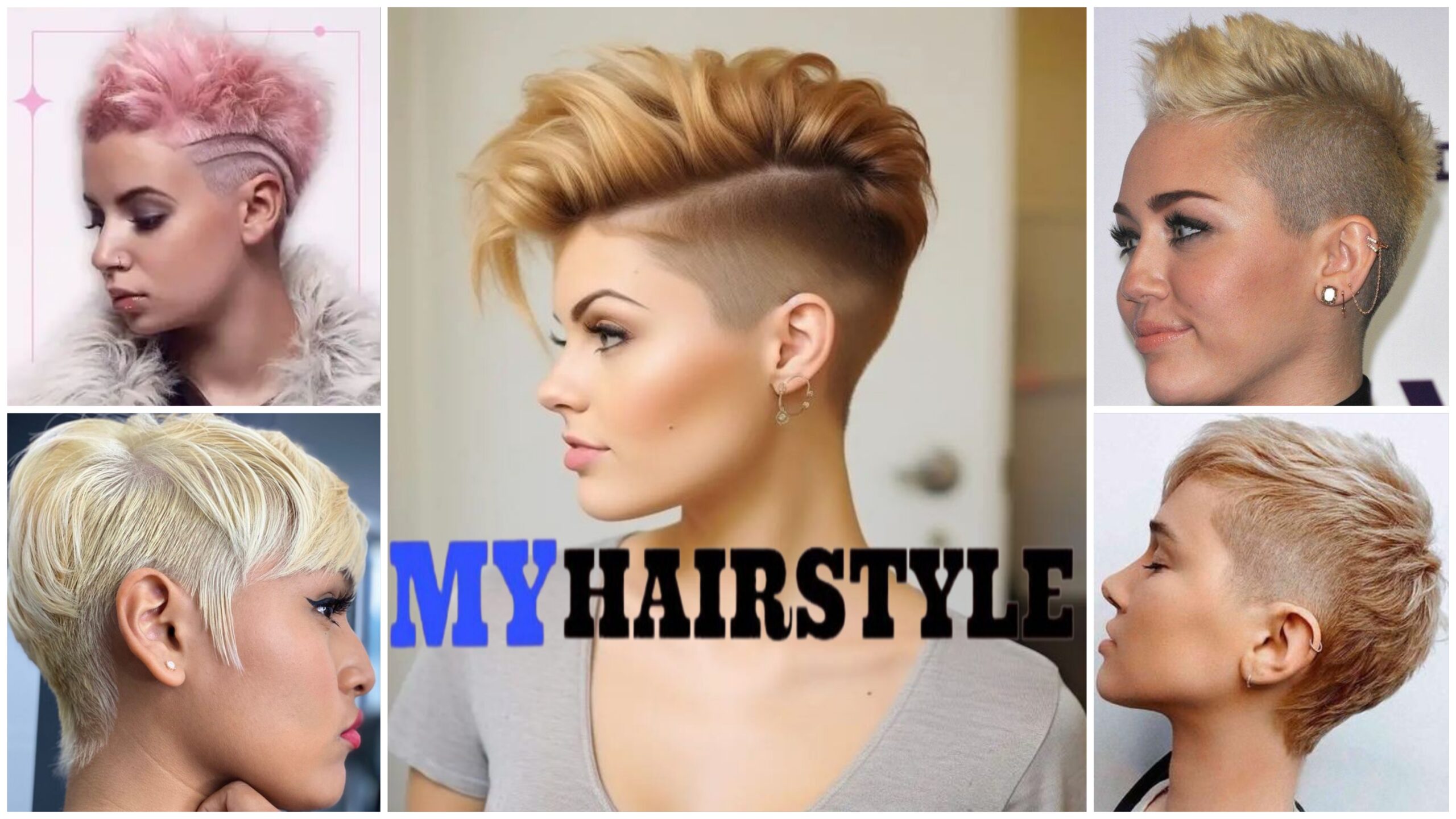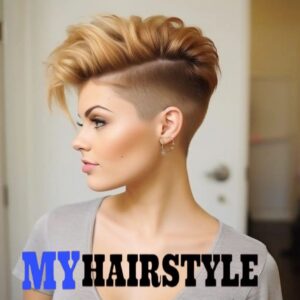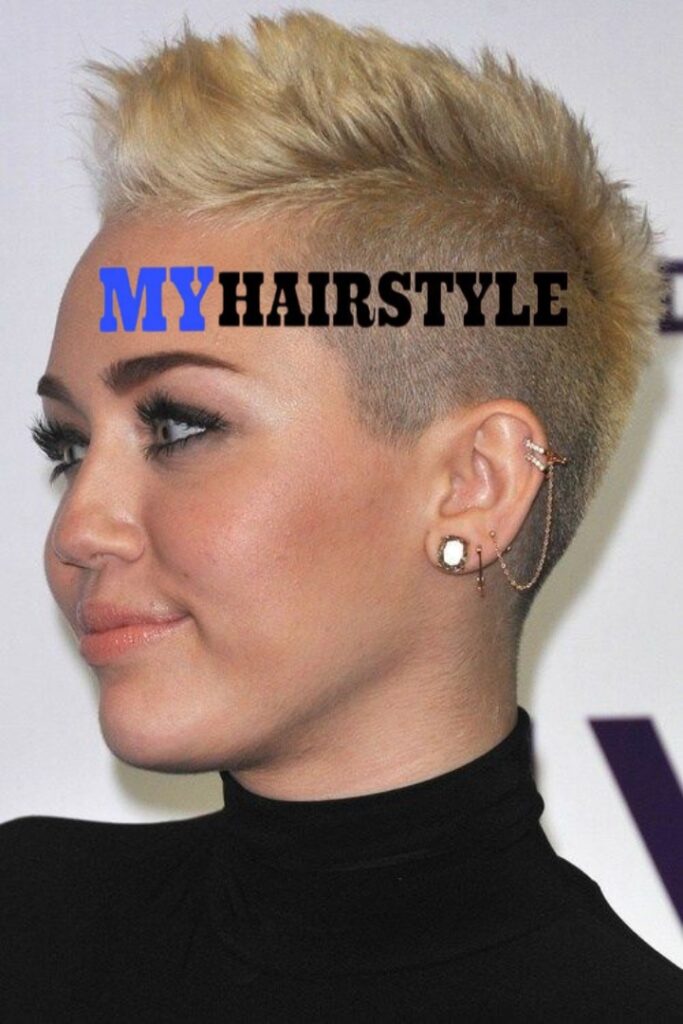Physical Address
304 North Cardinal St.
Dorchester Center, MA 02124

In the world of hairstyles, few are as instantly recognizable or as culturally significant as the Mohawk cut. This distinctive style, characterized by a strip of longer hair running down the center of an otherwise shaved head, has a rich history that spans across centuries and cultures. Today, the Mohawk continues to be a symbol of rebellion, individuality, and self-expression, adopted by people from all walks of life. In this article, we delve into the origins of the Mohawk, its evolution over time, and its impact on fashion and society.
The Origins of the Mohawk Cut
Contrary to popular belief, the Mohawk hairstyle did not originate with the Mohawk people of North America. While the Native American group, part of the Iroquois Confederacy, did wear their hair in various distinctive styles, the classic “Mohawk” as we know it today was not among them. Historical records suggest that the hairstyle was actually inspired by the Pawnee tribe, but it was the Hollywood portrayal of Native Americans in the early 20th century that popularized the misnomer.
The Mohawk During World War II
The Mohawk cut gained a new lease of life during World War II, where it was adopted by paratroopers of the 101st Airborne Division as a symbol of their bravery and non-conformity. This adoption of the hairstyle by soldiers was a stark contrast to its indigenous roots, marking the beginning of the Mohawk as a symbol of rebellion against the status quo.
The Punk Movement: The Mohawk as a Symbol of Rebellion

The 1970s and 1980s saw the Mohawk hairstyle surge in popularity as an emblem of the punk rock movement. Punks, known for their anti-establishment views, embraced the Mohawk for its shock value and its ability to express non-conformity and dissent. The punk Mohawk was often dyed in bright colors and styled into spikes, making it not just a hairstyle but a statement.
The Mohawk in Modern Fashion
In contemporary times, the Mohawk has transcended its rebellious roots to enter mainstream fashion. It has been embraced by celebrities, fashion icons, and everyday individuals alike, showcasing its versatility and enduring appeal. Today’s Mohawks come in various forms, from the traditional spiked look to more sophisticated and subtle variations like the faux hawk.
Cultural Significance and Controversy
The Mohawk cut’s journey from a misattributed Native American heritage to a symbol of punk rebellion, and finally to a mainstream fashion statement, has not been without controversy. Critics argue that its adoption by non-Native people can be seen as cultural appropriation, diluting its indigenous origins. Despite this, the Mohawk continues to be a powerful symbol of identity and self-expression for many.
How to Style a Mohawk
Styling a Mohawk requires more than just a bold attitude; it demands a certain level of commitment to maintaining the look. From the traditional spiked Mohawk, which involves shaving the sides of the head and styling the central strip with gel or wax, to the more wearable faux hawk, which offers a similar aesthetic without the need for shaving, there’s a Mohawk style for everyone.
The Future of the Mohawk
As we look to the future, the Mohawk cut remains a testament to the human spirit’s desire for individuality and expression. Its ability to evolve while maintaining its core identity is a testament to its enduring appeal. Whether worn as a tribute to its indigenous roots, a punk rock statement, or a fashion-forward hairstyle, the Mohawk continues to be a bold choice for those looking to make a statement.
The Mohawk and Its Place in Popular Culture

In addition to its deep historical roots and significance, the Mohawk haircut has carved out a significant niche for itself in popular culture. It has graced the silver screens, adorned the heads of music legends, and become synonymous with characters who embody strength, defiance, and rugged individuality. The visual impact of the Mohawk cut makes it a go-to choice for filmmakers, musicians, and artists seeking to convey a powerful message of nonconformity and resilience.
Mohawk Variations: A Style for Every Rebel
As the Mohawk has evolved, so too have the variations of the style. The traditional, towering spikes have given way to a multitude of variations, each with its own flair and appeal:
Each of these variations speaks to the individual’s desire for self-expression while accommodating different lifestyles, hair types, and personal preferences.
Maintaining the Mohawk: Tips and Tricks
Maintaining a Mohawk, especially the more traditional spiked styles, requires dedication. Here are some tips for those looking to keep their Mohawks in peak condition:
The Mohawk as a Statement of Identity

Beyond its aesthetic appeal, the Mohawk serves as a canvas for personal and political expression. For many, it’s a declaration of their identity, beliefs, and the communities they belong to. It’s a hairstyle that says, “I am here, and I am unapologetically myself.” This powerful message resonates with people across the globe, making the Mohawk a universal symbol of strength and individuality.
Challenges and Controversies
Despite its popularity and significance, the Mohawk is not without its challenges. In professional settings, it’s often deemed as too radical or unprofessional, forcing individuals to choose between their personal expression and societal expectations. Moreover, as previously mentioned, the appropriation of the Mohawk from indigenous cultures raises important questions about respect, understanding, and the importance of acknowledging the origins of our choices in personal style.
Embracing the Mohawk in the Modern World
In today’s society, where the lines between traditional and modern, conservative and avant-garde are increasingly blurred, the Mohawk finds itself more relevant than ever. It’s a testament to the enduring human spirit of rebellion and the ongoing quest for personal expression and identity. As we move forward, the Mohawk will undoubtedly continue to evolve, reflecting the changing landscapes of culture, fashion, and individuality.
Closing Thoughts
The Mohawk cut, in all its forms and variations, is more than just a hairstyle. It’s a piece of living history, a statement of personal and political identity, and a symbol of the enduring power of self-expression. From its misunderstood origins to its current status as an icon of rebellion and individuality, the Mohawk remains a bold choice for the bold at heart. As we continue to navigate our own paths of self-discovery and expression, the Mohawk stands tall as a reminder of the beauty and power of standing out from the crowd.
The Mohawk cut is more than just a hairstyle; it is a symbol of cultural significance, rebellion, and individuality. From its misunderstood origins to its adoption by the punk movement and its place in modern fashion, the Mohawk demonstrates the transformative power of hair as a form of self-expression. As we continue to navigate the complexities of cultural appropriation and identity, the Mohawk serves as a reminder of the importance of understanding and respecting the stories behind the styles we adopt.